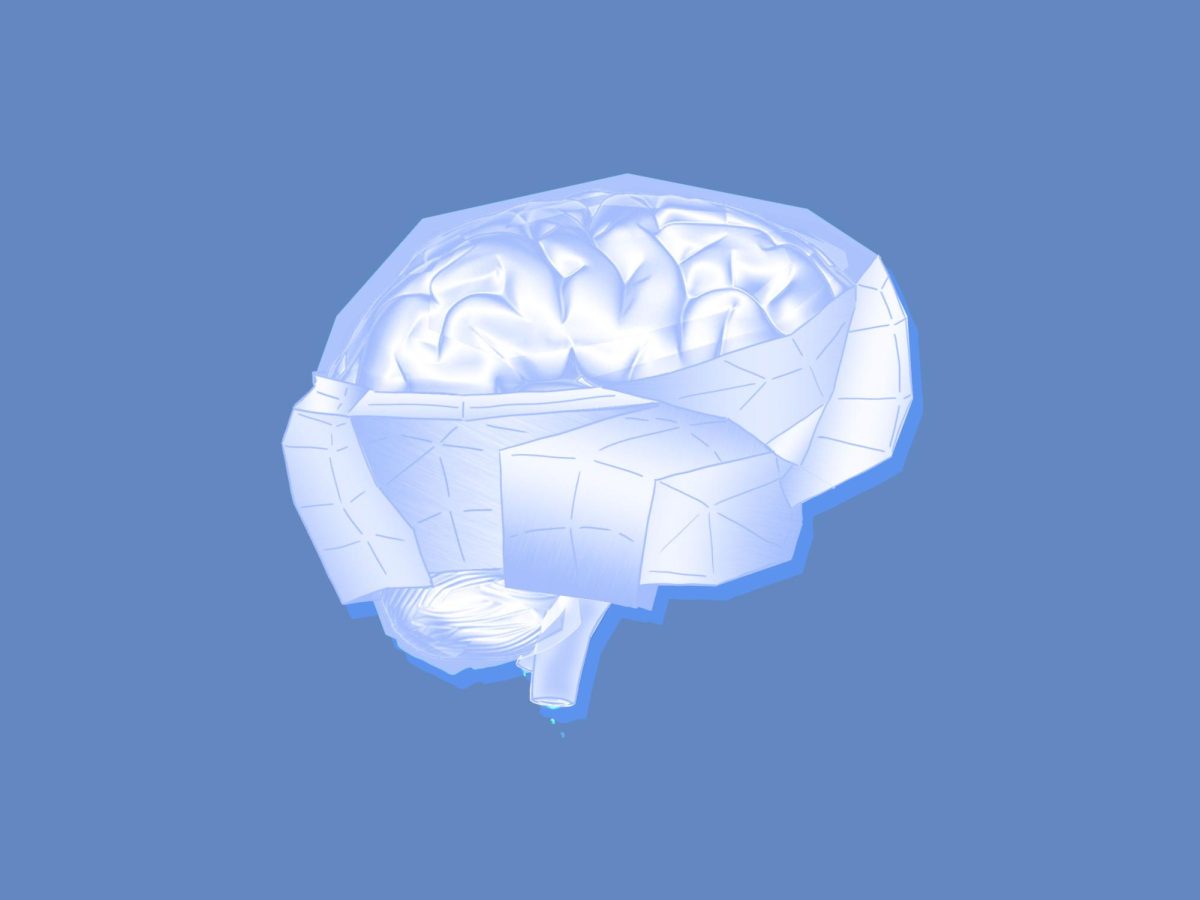The emerging field of quantum computing holds much promise in terms of its applications in the present as well as its implications for the future.
This reality is not too far from the present. This is all thanks to new superior computing technology: quantum computers. These computers are complex pieces of technology that utilize principles of quantum physics to compute information. These computers usually take up an entire room. In addition, they are engulfed by golden rods, cables and pipes. Ironically, these quantum computers do not resemble a typical computer from any angle. The only thing that they really can resemble is a gargantuan golden Rube Goldberg contraption.
To understand how quantum computers work, people must understand how qubits work. The computers utilize qubits to compute data. Qubits, or quantum bits, are a measure of quantum information, comparable to a classical bit in a computer. Qubits function on two main principles of quantum mechanics: superposition and entanglement.
Traditional bits in a modern computer store binary digits of either 0 or one, which means they can only have two possible states. Qubits, on the other hand, store values between 0 and one. They, theoretically, have infinite states, thus, giving them a higher probability of faster calculations and the ability to solve larger algorithms that would be impossible to do with a normal computer. This phenomenon is called superposition.
Another principle of this machine is entanglement. Entanglement is when one object in the universe is “entangled” or intimately connected with another object and vice versa. This situation is similar to a concept in The Corsican Brothers, a movie in which a pair of twins feel each other’s pain. If one twin were to get punched, the other one would also feel the sensation. The physics of entanglement allow quantum computers to “teleport” data across space and time. This makes for a more secure, accelerated data transfer.
These qubits are stored in a quantum chip. This chip does all of the heavy-lifting and calculations, which makes it quite similar to a central processing unit.
There are numerous benefits and downfalls of using a quantum computer. The benefits include expeditious data speeds, more secure data encryption, larger tolerance for complex algorithms and fantastic machine-learning capabilities. The advantages of this advanced machine will completely render standard computers obsolete. However, these benefits come with a price.
That price includes things like size, error and instability. The first obstacle is size. These contraptions take up an entire room because many pipes and circuits contribute to cooling the quantum chip. It has to be cooled down to nearly 0 Kelvin, a temperature so low that it can only be achieved by a complete lack of movement of all molecules. This can lead to instability.
If the chip doesn’t get to the optimal temperature, the qubits become unstable and do not perform as needed. Performance increases as the temperature is lowered, according to D-Wave Systems Inc., a leading company that constructs quantum computers. However, the biggest hurdle is that quantum computers experience an event called interference, a point at which particles in the machine accidentally intersect with one another and cause errors. These errors can cause the computer to output the wrong answer to a problem.
Nevertheless, all of these flaws can be remedied in the near future. Scientists may find a more volume-friendly way to cool the core. They can also stabilize the chip by cooling it to the point at which performance is near perfect. And the problem of interference is being tackled currently by quantum physicists. According to IBM, the error rate and the numbers of qubits in a system are inversely proportional. This means as scientists add more qubits, fewer errors should occur.
The question then becomes that of how quantum computers can be integrated and utilized in the real world. There are many real-world applications for this new invention. Big banks around the world need a faster and more secure technology that will keep up with the growing number of transactions around the world, so implementing quantum computers could help.
In addition, this machine can help solve and prevent numerous diseases, cancers and other conditions. People’s current computers do not have to power to solve equations that would unlock new drugs for these illnesses.
Quantum computers can do that with ease once their full potential is harnessed. Another use for these computers is security. Quantum encryption employs qubits to encrypt data in a complex, “unhackable” way. This will make files, messages and the internet safer and securer. The biggest implementation of quantum computers will be artificial intelligence and machine learning. The rapid speed of these new computers will propel AI. An example of how this can be applied is automated assembly lines. Factories have robots that automatically assemble parts. However, sometimes they make mistakes as well due to infinitesimal computer errors. These miscalculations can be fixed with quantum computers.
The field of quantum computing has only recently been brought to the attention of the world. There is still tremendous potential for success.
Companies such as Google, IBM and D-Wave are currently the leading organizations that are developing quantum computers and have been pioneering the way for this new tech. These computers may seem like science fiction, but may very well revolutionize the way people live in the coming decades.








